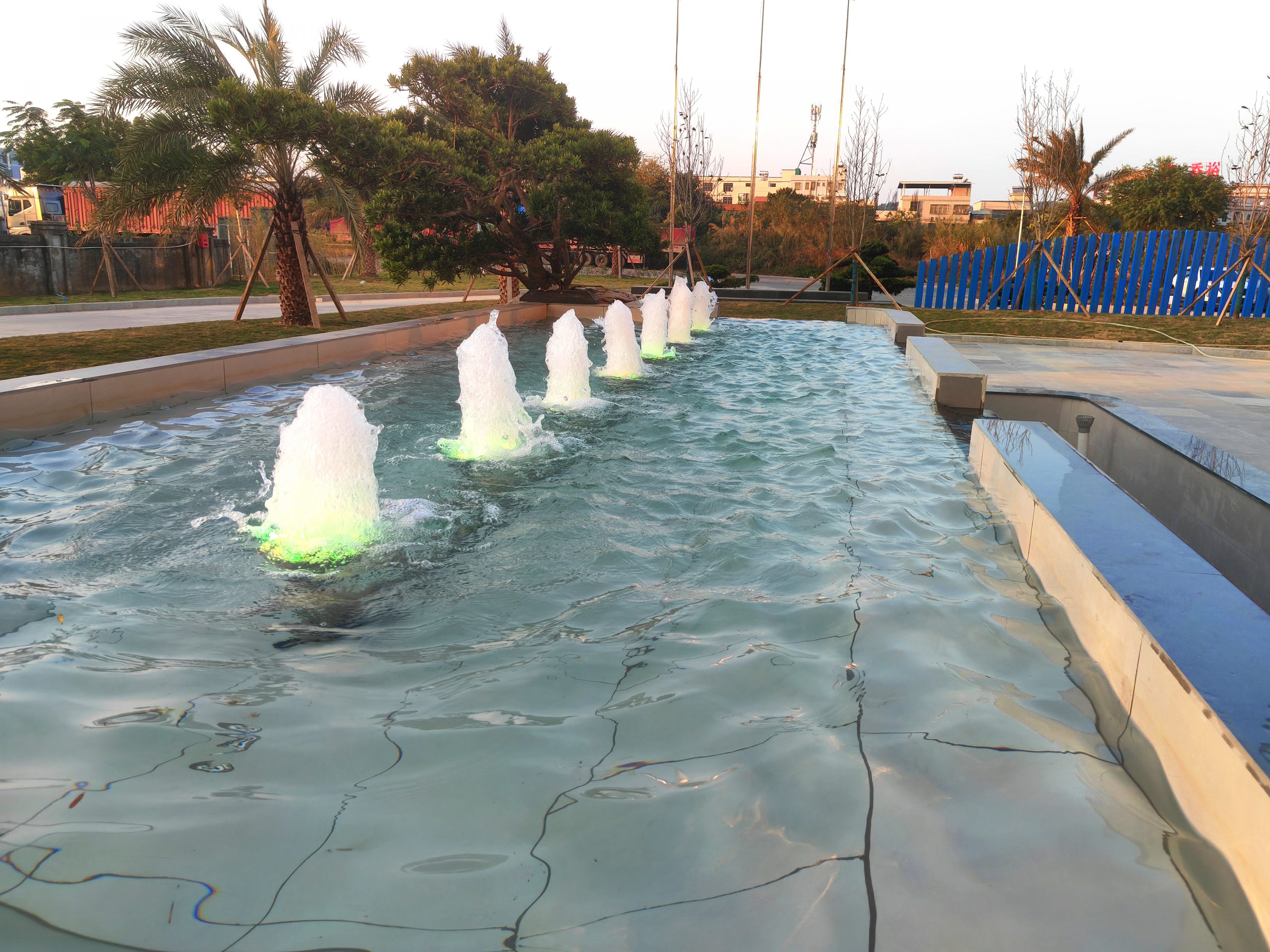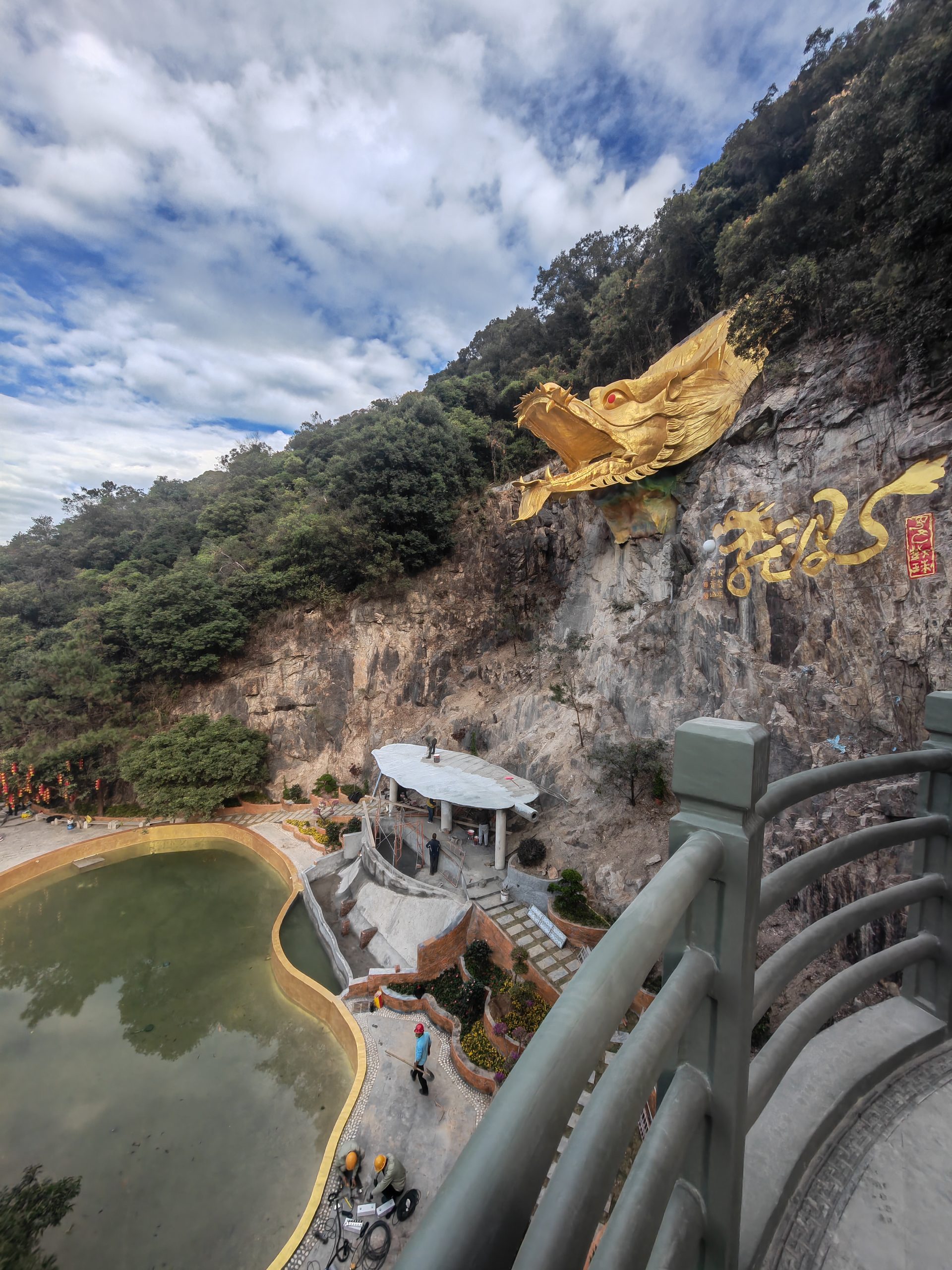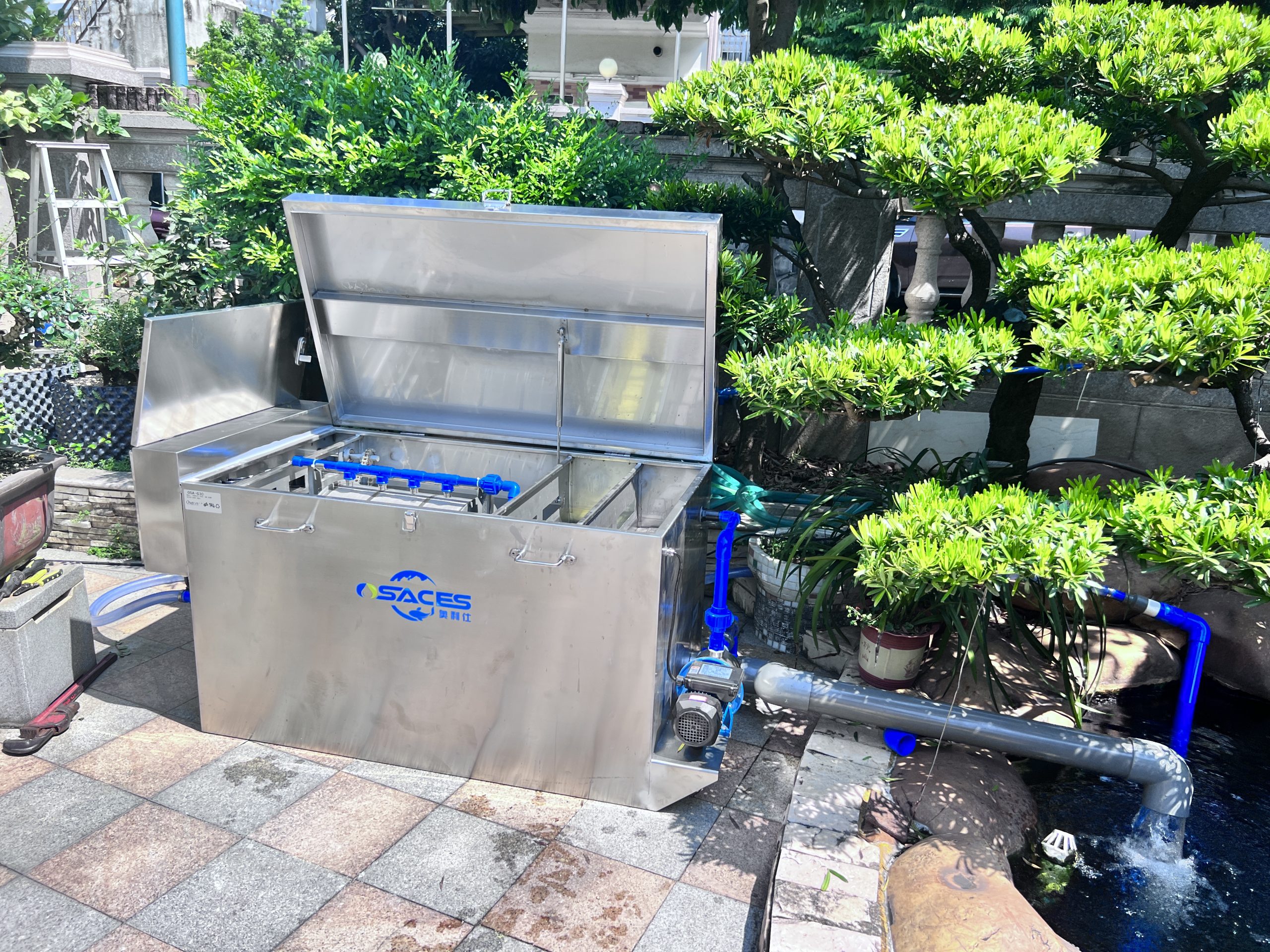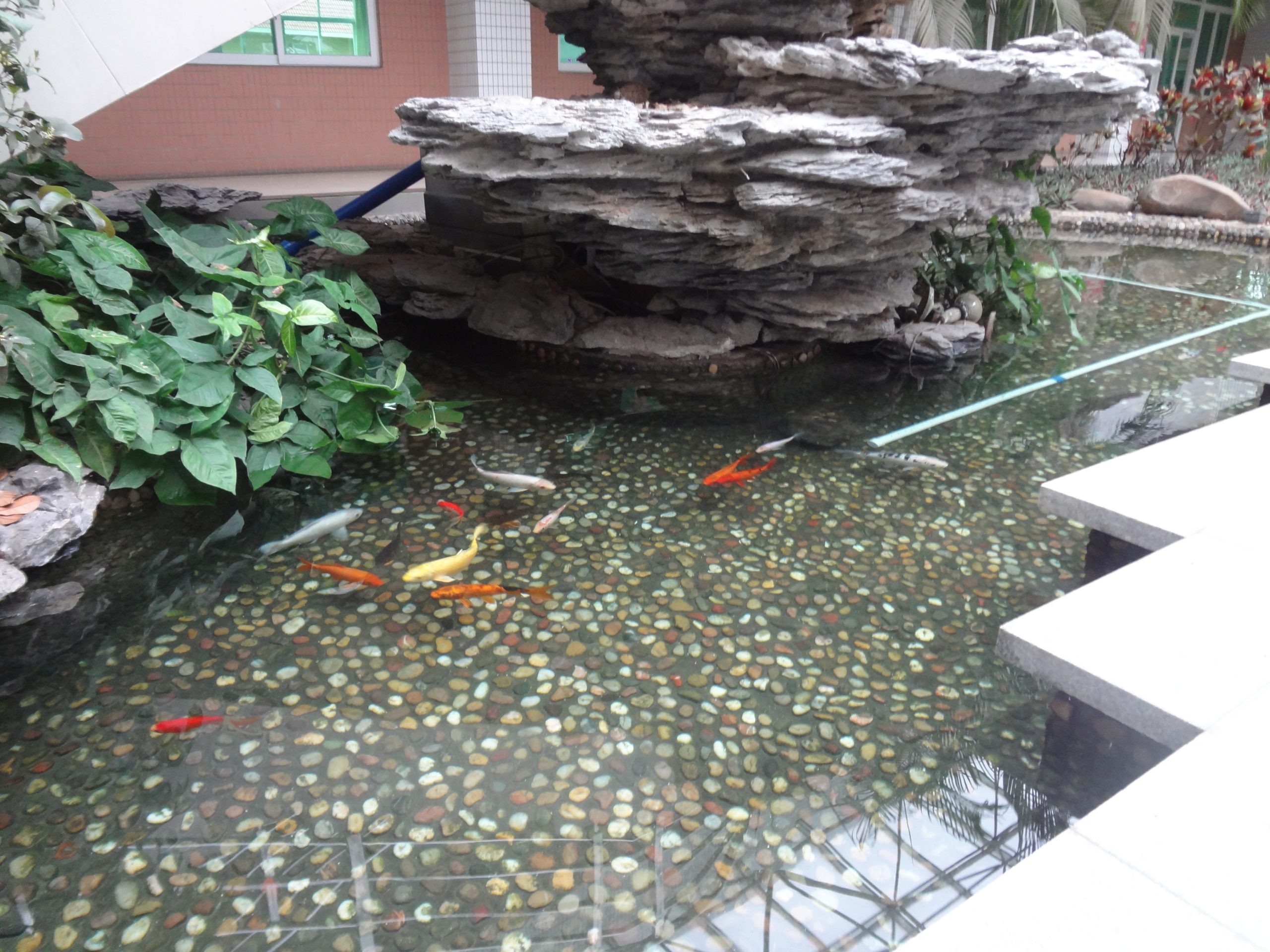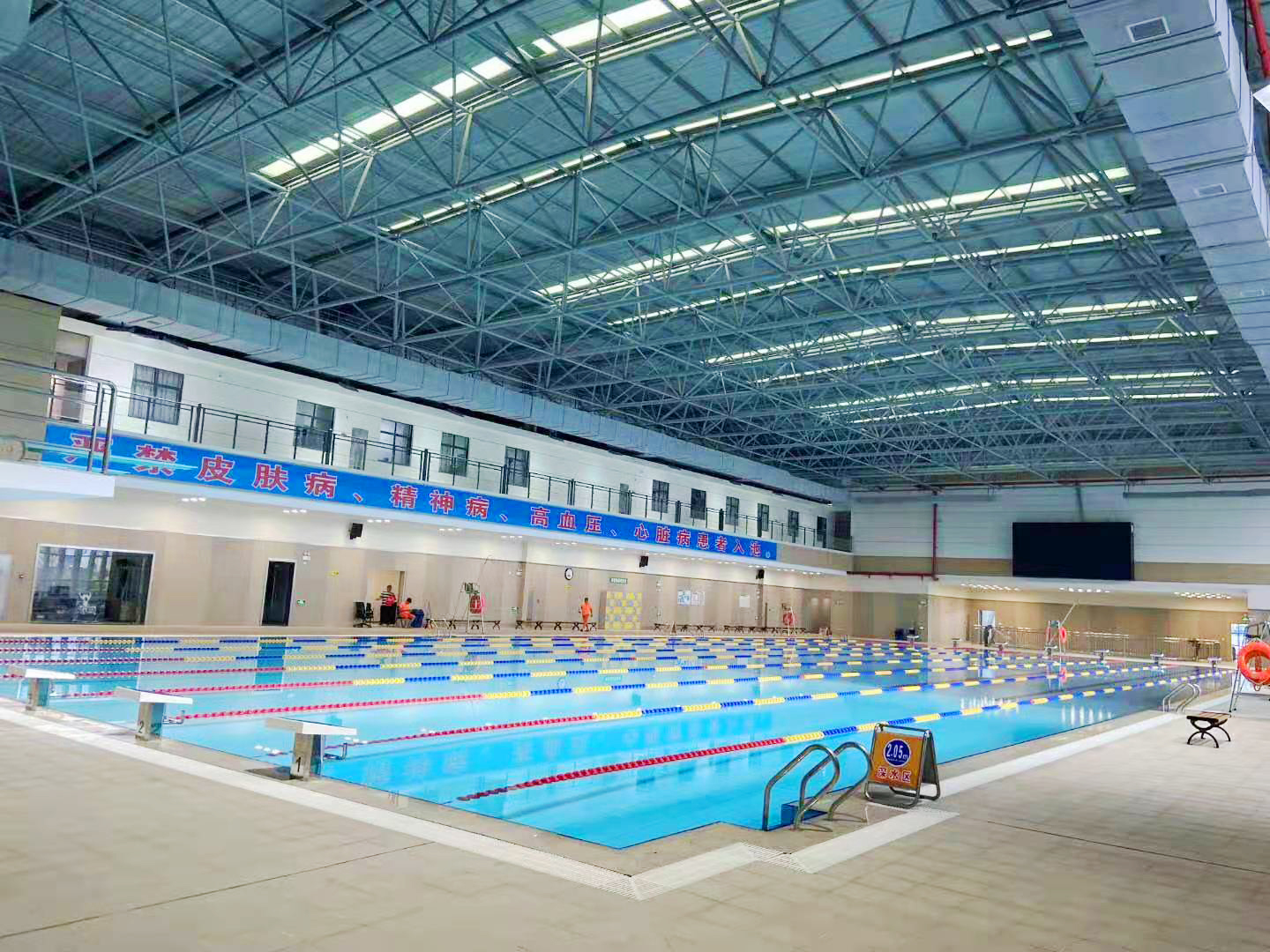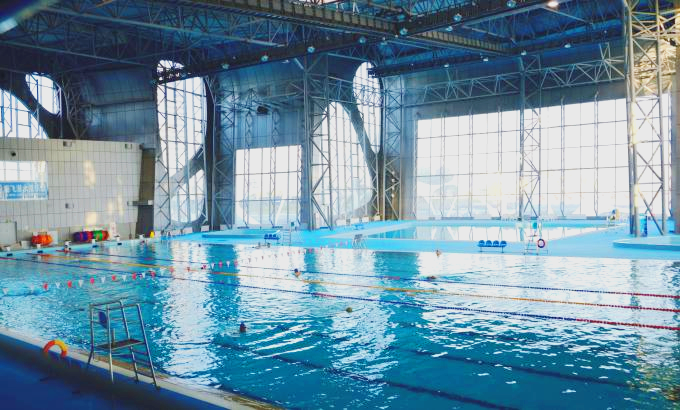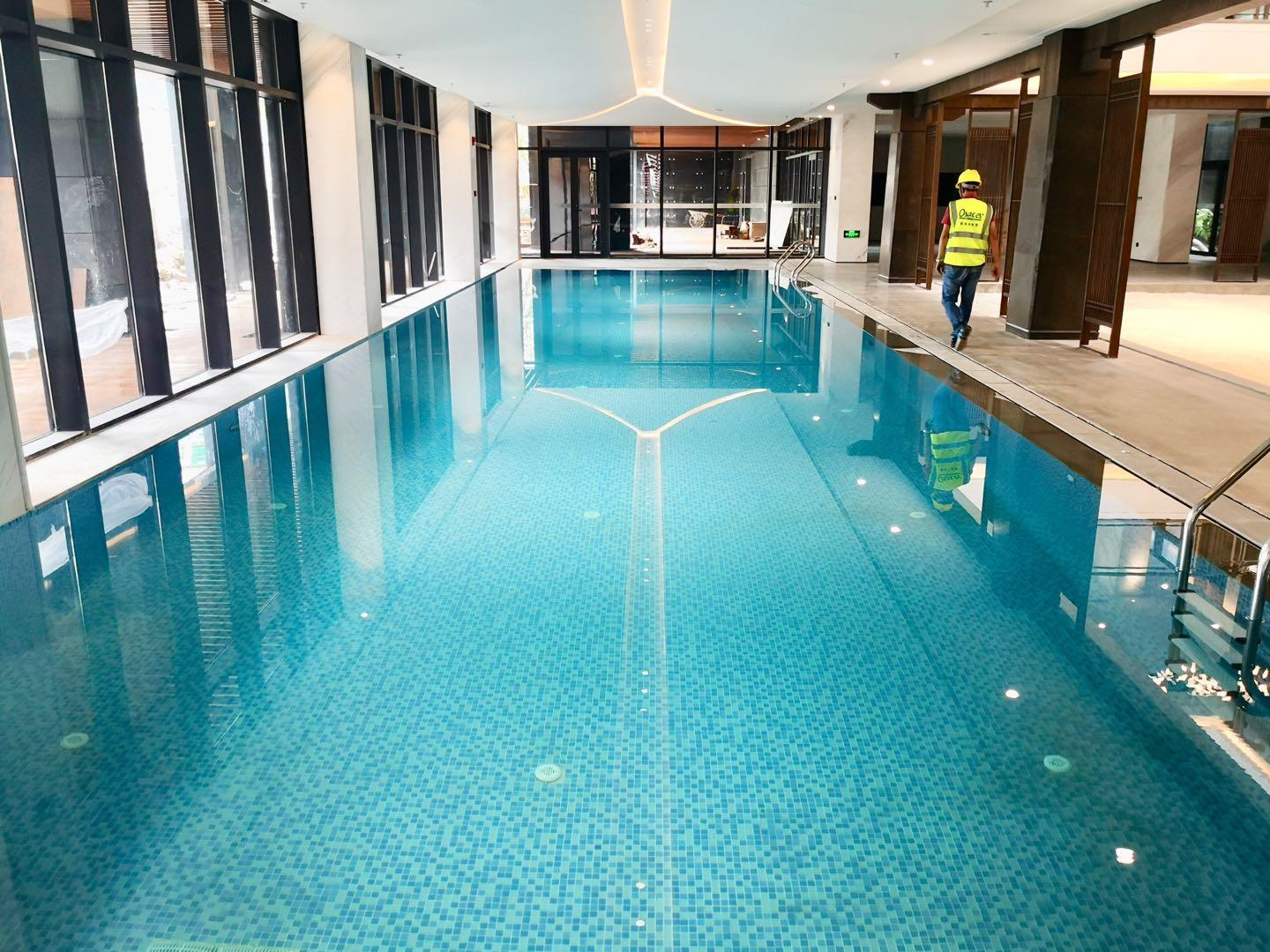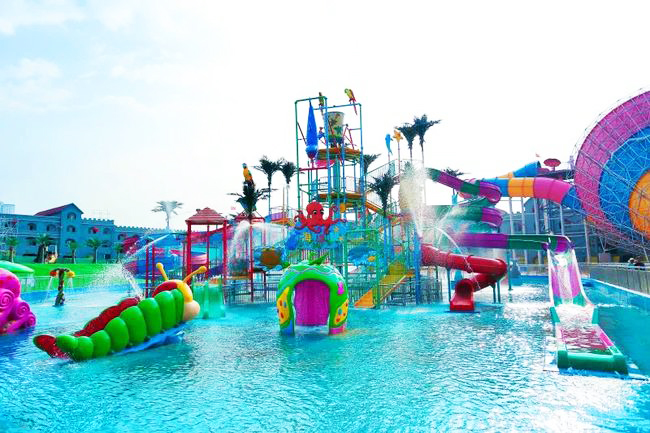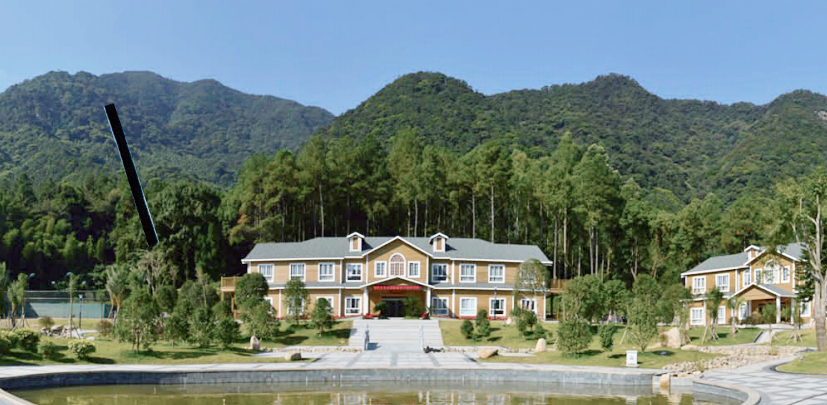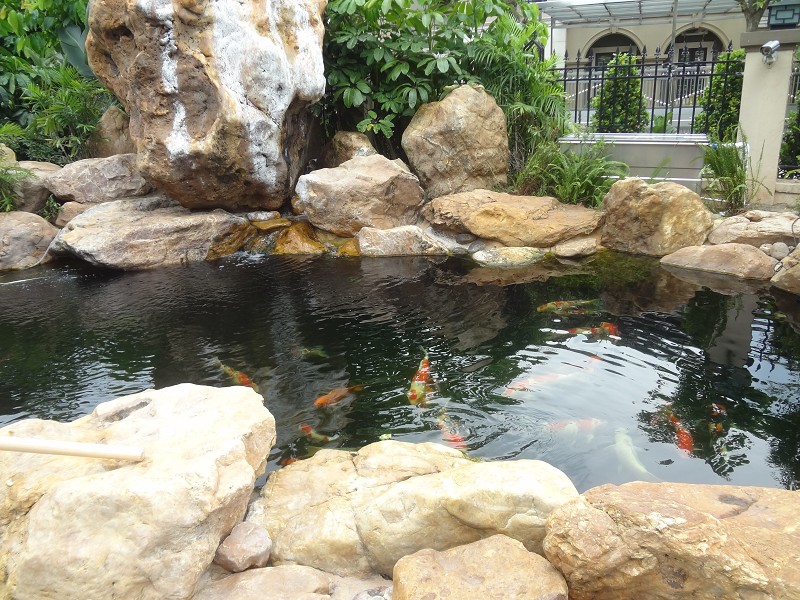common problems
contact details
 Ollies (Guangzhou) Recreation and Sports Equipment Co.
Ollies (Guangzhou) Recreation and Sports Equipment Co.Tel: (020) 82686289
Fax: 020-82694853
Headquarter: No.31-37, Xincun 2 Road, Shangjiang North Street, Dongzhou Village, Xintang Town, Zengcheng City, Guangzhou, Guangdong, China
Effect of temperature on koi fish
Koi is a variable temperature animal, its body temperature changes with the water temperature, and the difference with the water temperature is only 0.5 to 1℃, so its physiological activities and physiological processes are governed by the water temperature.
Koi have a survival temperature which is roughly 0-40℃; Koi also have a suitable temperature which is roughly 14-32℃. Within this range, fish can survive and grow appropriately, but this does not mean that within this temperature range, the physiological activities of the fish do not change and remain at one level, but precisely the strength of the physiological activities and the speed of physiological processes change with the temperature, and the changes are very significant and the range of changes is very large. The main factors involved in feeding and growth are the quantity, vigor and metabolic level of digestive enzymes.
Fish have a suitable temperature thatGenerally speaking, the suitable temperature for koi is 25 to 28 degrees CelsiusIn this temperature range, there are a lot of digestive enzymes in the body of the fish, and the activity of digestive enzymes is strong, so the fish's intake of food is strong, digestion is strong, the digestive rate is high, and its metabolism level is also high, so the fish's growth is very vigorous, which belongs to the so-called peak period. Outside of the appropriate temperature range, as the temperature drops, the number of digestive enzymes in the fish body decreases, and their activity decreases rapidly, so the digestive power of the fish decreases rapidly, the digestion of food slows down significantly, and the time for the food to pass through the intestine grows significantly, as a result of which, the amount of food intake decreases dramatically, and the digested and absorbed amount of food intake is also low. At the same time, the metabolic level of the fish decreases.
It is reported that the temperature drops 10 ℃, the fish's basal metabolism level drops by half, the whole metabolic level drops 2/3 ~ 3/4. It can be seen that the temperature is lowered, although the fish to maintain the life and activities of the energy consumption is less, but the fish intake is less, the digestion is also not good, the metabolism level is low, synthesized body protein, body fat is less, the overall performance of the fish to eat less, the growth of the poor. In the overwintering period, the fish not only do not grow, but also lose weight.
So, what will be the case in the high temperature situation? Beyond the appropriate temperature range, the higher the temperature the higher the digestive enzymes in the body of the fish to enhance the vitality of the digestive enzymes, but the number of digestive enzymes to decline, the digestive power is weakened, and the speed of digestion is accelerated, the food passes through the intestine quickly, digestion and absorption are incomplete, the digestive rate is significantly reduced, which is digestive abnormality.
At the same time, while the physiological activities of fish are enhanced at high temperature, the metabolic level decreases, especially the level of anabolism decreases sharply, and very little protein is synthesized. Due to the low level of metabolism, coupled with the stress response, making the intake drop or even do not eat, these abnormal phenomena are physiological abnormalities. Fish ingestion is low, digestion is fast, digestive rate is low, absorption of nutrients is low, physiological activity is strong, consumption of nutrients is high, synthesized muscle is low, the performance is to eat less, poor growth, or even no growth. Fish lovers in hot areas in the south have the experience that the best growth of koi is in May and June, but in the hot months of July and August, the fish grows slowly, and this is the reason.
High temperature also affects other water quality factors, and it can even be said that temperature affects almost all water quality factors. Let's take dissolved oxygen as a factor to illustrate, with gill breathing fish can not use the oxygen in the air, only the use of dissolved oxygen in the water. Under normal circumstances, the concentration of dissolved oxygen in the water is very low (water temperature of 25 ~ 30 ℃, the water saturated with dissolved oxygen 8.11 ~ 7.53mg / L), and the higher the temperature of the dissolved oxygen in the water, the less; However, the higher the water temperature, the more exuberant the physiological activities of the fish, the more oxygen they need, the higher the rate of oxygen consumption.
On the other hand, due to the high water temperature, the decomposition of organic matter in the water and underwater fast, organic decomposition of oxygen consumption is the main consumer of dissolved oxygen in the pond water, generally accounted for more than 40%. Sometimes high temperature and drought tend to occur simultaneously, drought makes the pond water level drop water body becomes smaller, and the fish and grow up, fish density. For these reasons, the pond in the high temperature period often appear hypoxia, low dissolved oxygen in the water, the fish are easy to float. Low dissolved oxygen, fish feeding less, insufficient oxygen supply, metabolic level down, bait coefficient also increased. It is reported that when the dissolved oxygen in water is less than 1.6mg/L, the bait coefficient is one times higher than that when the dissolved oxygen in water is 2mg/L. So in high temperature and lack of oxygen, even if the fish eat more but grow slowly.
Related content
- Homeostatic regulation of fish pond water quality: a systematic solution based on nitrification kinetics and nutrient thresholds
- Koi Pond Maintenance and Protection Guide during the Rainy Season | The Veteran Driver's Handbook of Dampness and Disease Prevention
- Pool water circulation system maintenance guide, goodbye to cloudy water quality to create four seasons of translucent "liquid sapphire".
- From zero to professional: a complete guide to pool equipment configuration that even a beginner can understand
- The Golden Ratio of Swimming Pool Ventilation and Dehumidification Systems: The Balancing Act of Airflow, Humidity and Energy Consumption
- Specific benefits of dehumidifiers for new swimming pools
- Industrial solutions for fish pond water quality management: How to break through the bottleneck of traditional operation and maintenance of filtration systems?

